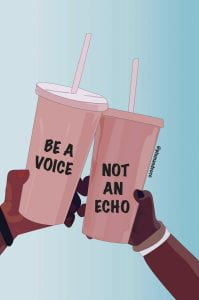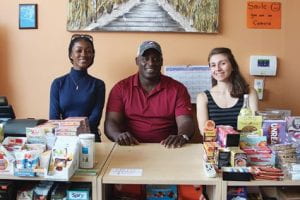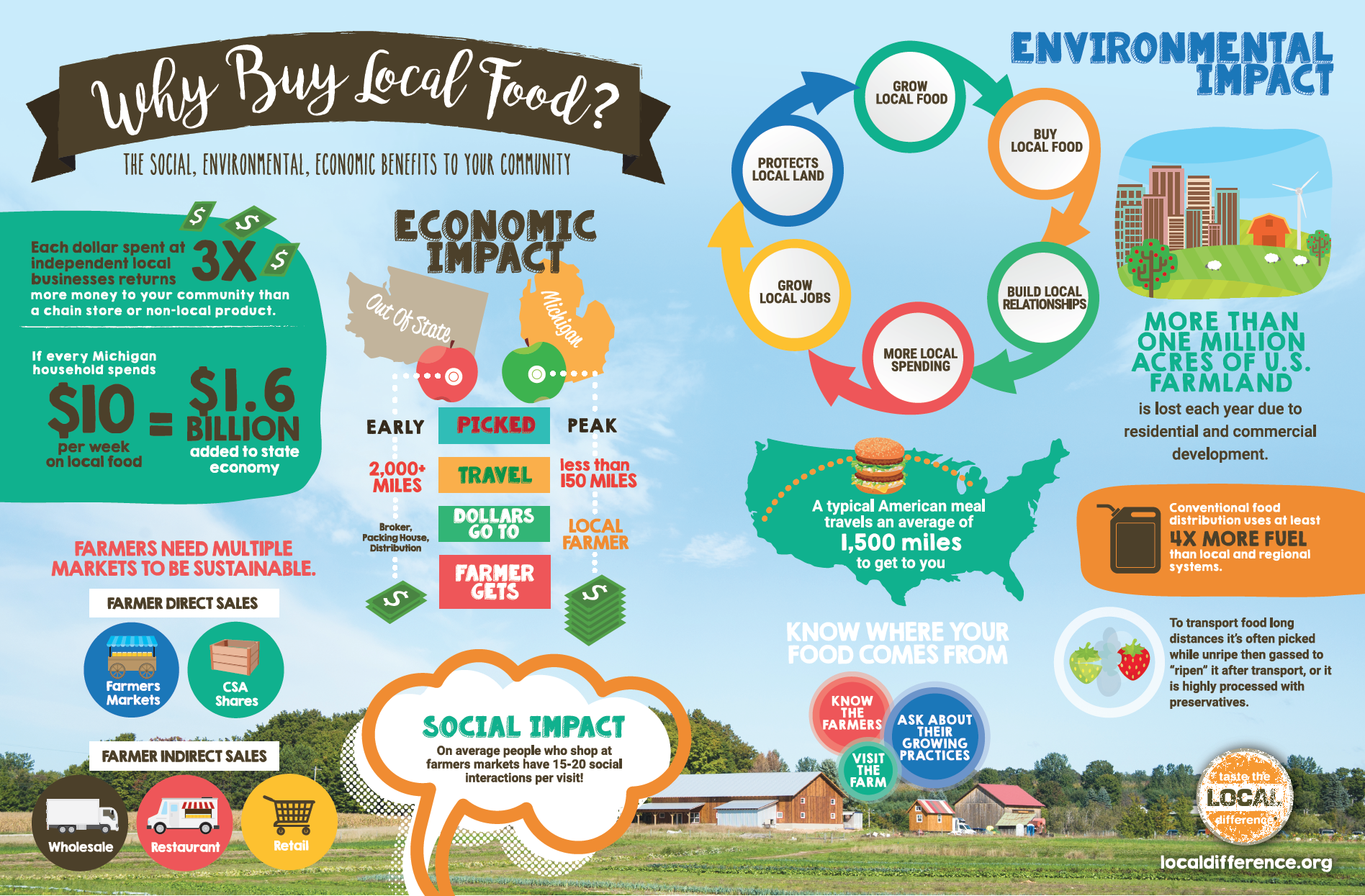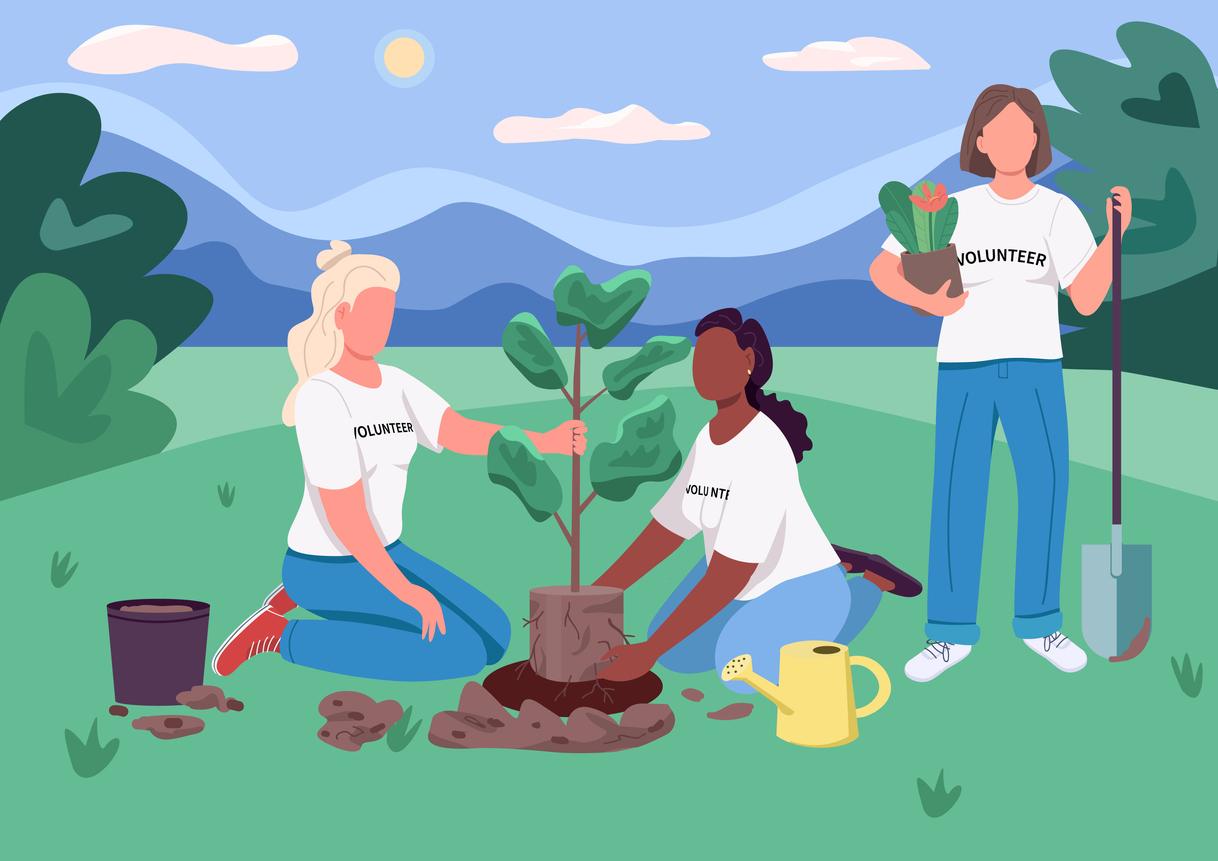In my choice of praxis I decided that I would shop local and at small minority run businesses, in particular a local Black grocery store. At the time of my choosing I knew and had laid a foundation as to why this was an important option to display my own ecofeminist social justice praxis. In the beginning stages of my own thoughts on this I know capitalist practices serve as the main form of dominion over the environment so it was important to me to serve as a direct actor that would attempt to course correct this power that patriarchy and capitalism have or those under them in a social hierarchy . As multiple scholars attested to, capitalism serves as a form of domination over women and nature, ecofeminist “Shiva also published, with Maria Mies, a German, Marxist sociologist, Ecofeminism: Reconnecting a Divided World (1993). In this book the authors connect the capitalist-patriarchal economic system with the oppression of women in both the northern and southern hemispheres” (Hobgood Oster page 7). With that being said my main goal in my social justice praxis was to consciously spend my dollars with smaller local shops /businesses to potentially drive economic attraction to them as we know from activists like Shiva, women and marginalized peoples endure hard economic realities as compared to their male counterparts.

My belief for where I could do the most good was intrinsically rooted in consciously spending my own dollars. For the marginalized people who are affected by harsh individualism, I thought how could I be in community but also shift the monetary dominance dynamic into the hands of the marginalized. This Black owned grocery’s store, which sources a lot of their produce from local and ethical means, seemed like a great place to divert my funds. I hope that through my own personal awakening with this ecofeminist practice, that more attention and thus people’s pockets will come to shop small and local more and more.
From visiting Bumpys’ over the course of my praxis I learned that Bumpys’ Natural andOrganic Foods Store got its name from the owner, Derryl “Bumpy” Gibbs. Bumpy, the owner, struggled most of his life with severe allergies and had to switch to a vegan plant based diet in his early adult life. Bumpy, who I met one afternoon in his grocery store, was very welcoming and actually took it upon himself to chat and walk around the store with me for a bit while I told him about my school assignment but the larger picture, he listened while I spoke about my intentions for shopping to support small local shops in the community. He agreed and said that based on location he was excited to be a pillar of wellness and connection through ethically sourced food for the people of Springfield, Ma.

What I also appreciated very much is that all of the workers in the shop were women too. I have included a picture from an article on Bumpy’s where there are two women who work in the grocery store. I did find that buying entirely organic is more expensive per grocery trip, but I was still finding why to cut the costs a bit. What I found by visiting Bumpy’s over the course of this assignment is that Bumpys’ is a source of good for the plant, people, and place. They compost their food straps from their juice bar, take a percentage off your purchase when you bring your own reusable bags, and have a section dedicated to Black owned food brands. I do feel as though this plan was successful, however tangible economic results will have to be achieved with more time, people and attraction to shopping smaller. I would love to continue going there regularly, having great conversations with the owner about the traffic into the store. I plan to continue to visit, bring food straps and be a patron at the Bumpy’s and any other stores and entities that align with supporting these communities.



 However when men have identities like race, socioeconomic status, and location that are outside of the normal western patriarchal heteronormativity identities they become susceptible to oppression. Such would be the case as men living in the Global South where our original example in Gerbara comes from. Since we know intersectionality praxis can be applied globally when trying to end oppressive systems like patriarchy, its place in the conversation on disempowerment and thus environmental degradation.
However when men have identities like race, socioeconomic status, and location that are outside of the normal western patriarchal heteronormativity identities they become susceptible to oppression. Such would be the case as men living in the Global South where our original example in Gerbara comes from. Since we know intersectionality praxis can be applied globally when trying to end oppressive systems like patriarchy, its place in the conversation on disempowerment and thus environmental degradation.